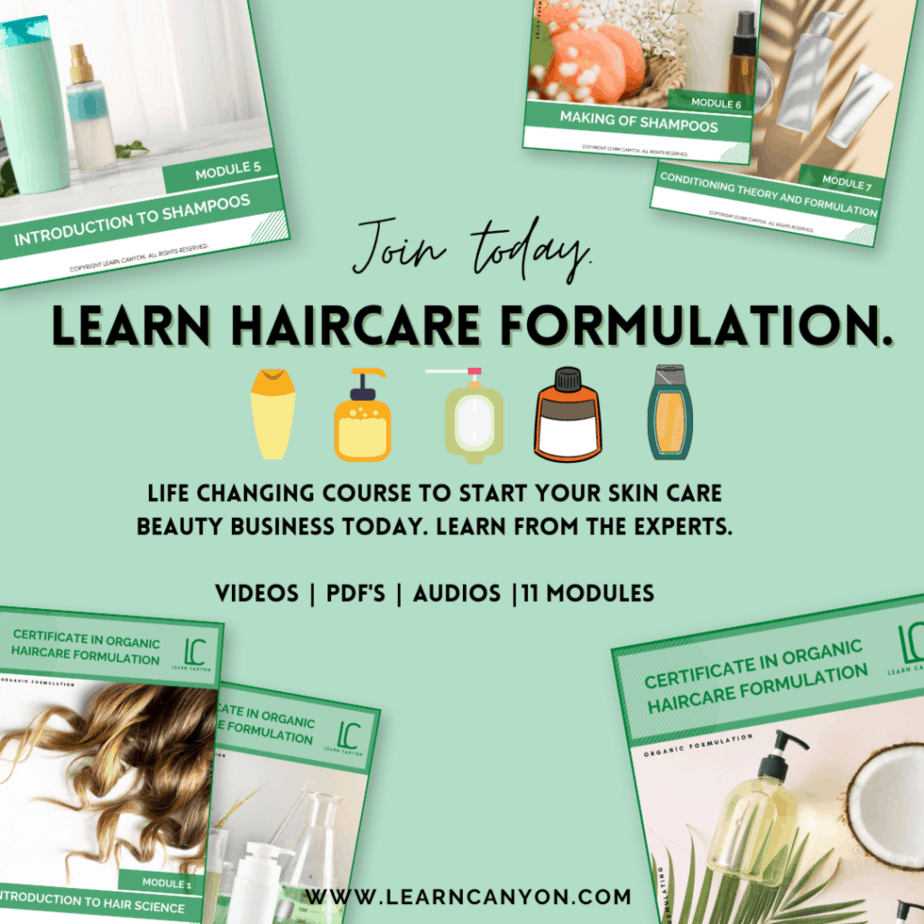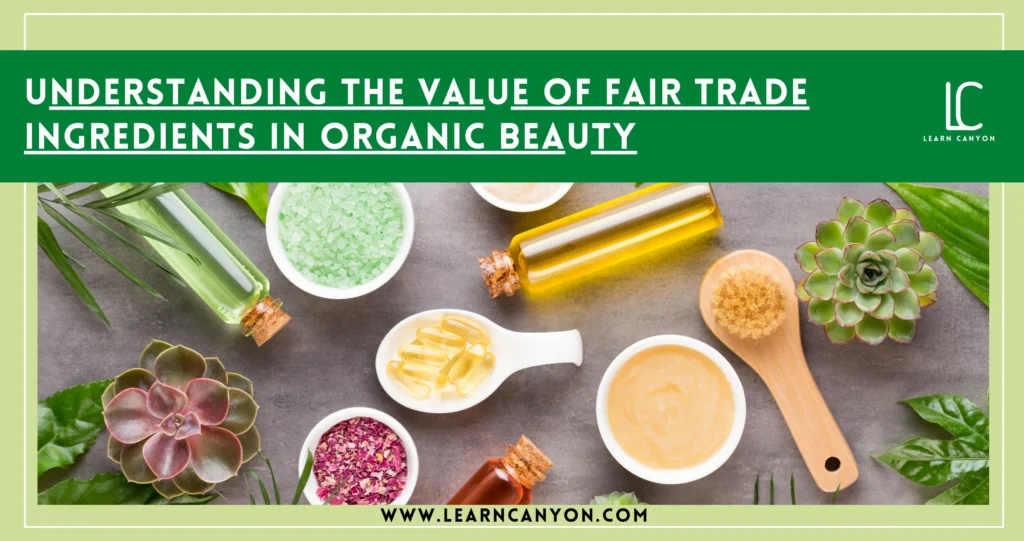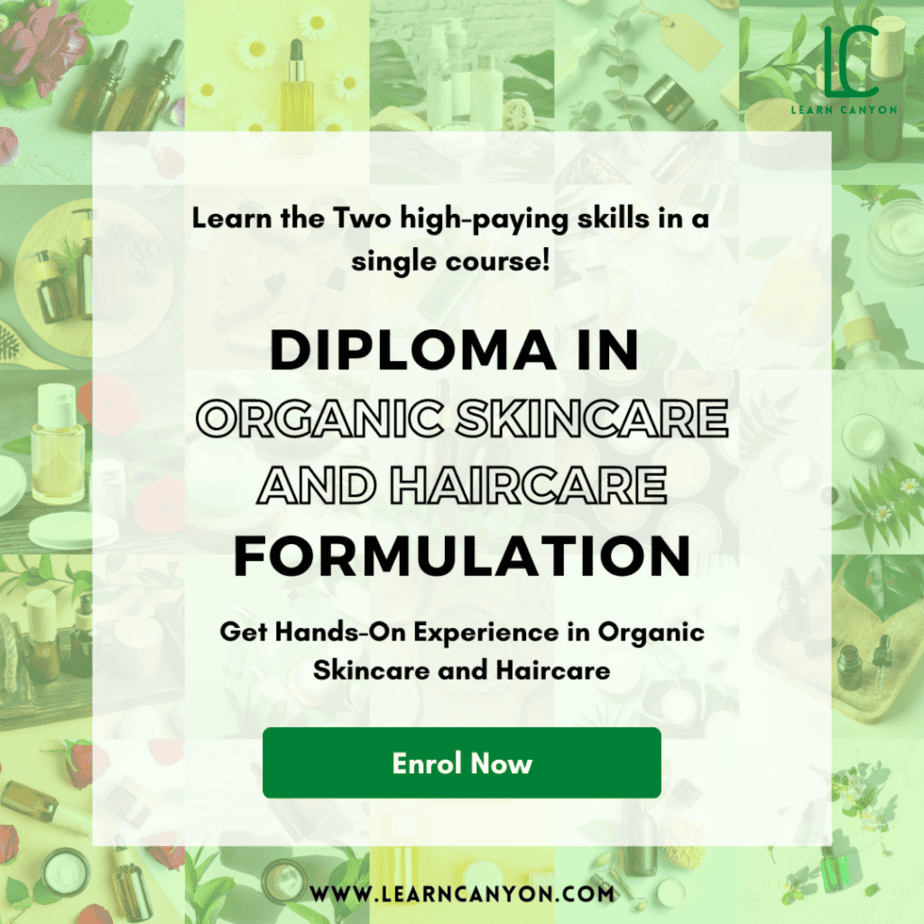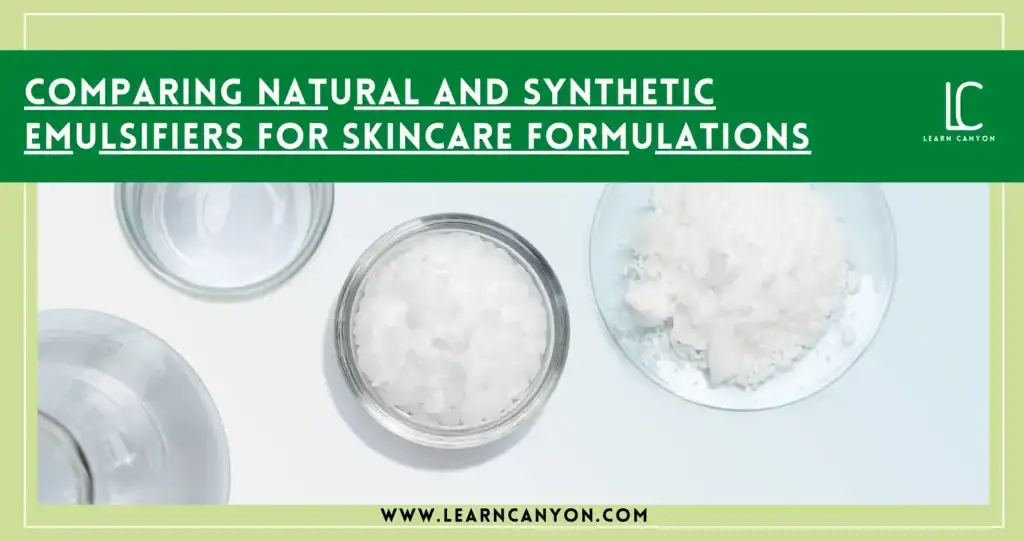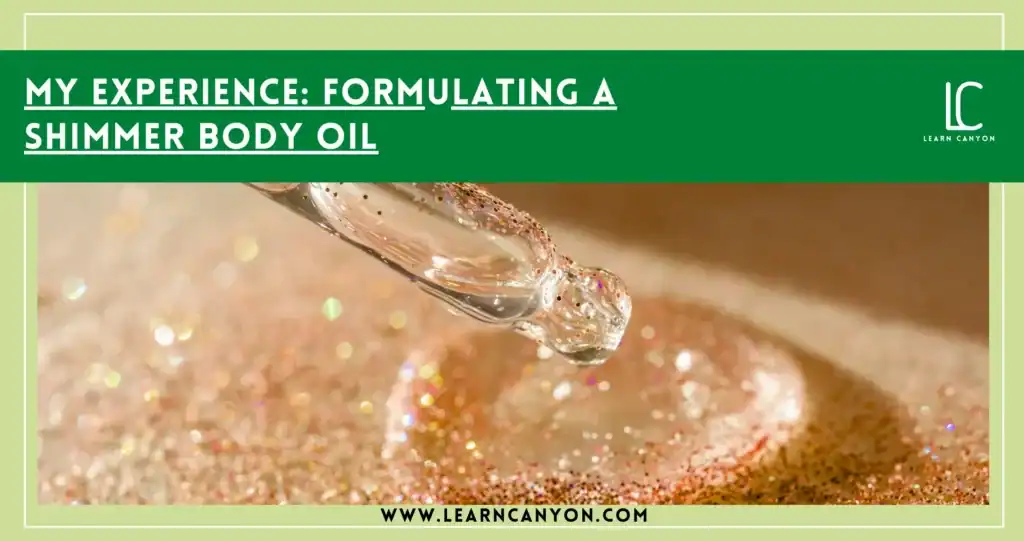As a professional formulator deeply passionate about organic and ethical skincare, I often find myself reflecting on this question: What truly makes a product “clean” or “conscious”? Sure, we talk about using natural ingredients, steering clear of synthetics, and choosing eco-friendly packaging, but what about the people behind the ingredients?
That’s where fair trade comes in.
In the beauty industry, we work with some of the most exquisite raw materials, think shea butter from Ghana, argan oil from Morocco, or coconut oil from Southeast Asia. These ingredients don’t just grow on trees; they’re harvested, processed, and passed along by hardworking hands, often from communities that have been historically underpaid or overlooked.
For me, formulating isn’t just about creating effective products, it’s about honoring the story behind each ingredient. And when we choose fair trade, we’re choosing to support that story: fair wages, safer working conditions, empowerment for women, and sustainable farming practices.
In this blog, let’s explore why fair trade ingredients matter in the organic beauty space, how they benefit not just our skin but also our planet, and how we, as formulators, brand owners, or conscious consumers, can make choices that are both beautiful and kind.
What is Fair Trade in the Beauty Industry?
Let’s break it down simply, fair trade is about fairness, plain and simple. In the beauty world, where we source luxurious ingredients from all over the globe, fair trade ensures that the people who grow, harvest, and process these ingredients are treated with respect, paid fairly, and work in safe conditions.
As a formulator, I’ve come to appreciate that fair trade isn’t just a nice-to-have label, it’s a deeply human part of the product development process. It’s knowing that the shea butter in your body butter came from a women-led cooperative in West Africa where the workers are paid above-market rates. It’s being confident that the argan oil you use in a serum supports traditional communities in Morocco rather than exploiting them.
Fair trade also means there’s no child labor, there’s transparency in the supply chain, and there’s an emphasis on community development. In many cases, a portion of the profits from these ingredients goes back into the local area, whether that’s building schools, providing clean water, or training farmers in sustainable practices.
And yes, there are credible certification bodies that ensure these standards are met, such as Fairtrade International, Fair for Life, and WFTO (World Fair Trade Organization). So when you see those certifications, you know the ingredient was ethically sourced and that someone, somewhere, is smiling because of your choice.
In a world where buzzwords like “clean” and “green” are thrown around all too easily, fair trade brings substance to the story. It connects us back to the roots, literally, and reminds us that true beauty is as much about people as it is about products.
Why Fair Trade Ingredients Matter in Organic Beauty
When we talk about organic beauty, we’re often focused on what’s not in the product, no synthetic preservatives, no harsh chemicals, no artificial fragrances. But just as important is what is in the product, and where it comes from.
As a formulator, I believe every ingredient has a story. And when that story includes fair wages, ethical practices, and environmental care, it transforms a simple skincare product into something truly meaningful.
Fair trade ingredients matter because they bring ethics and purpose into our formulations. They support small-scale farmers, women-led cooperatives, and marginalized communities who often depend on these resources for their livelihood. When we choose a fair trade oil or butter, we’re not just choosing quality, we’re investing in dignity, equality, and long-term sustainability.
And let’s be honest, consumers today are incredibly aware. They want transparency. They want to know that their glow doesn’t come at the cost of someone else’s well-being. When we include fair trade ingredients in our formulations, we give them that confidence. We tell them, “This product not only cares for your skin, it cares for the world too.”

There’s also the undeniable benefit of superior ingredient quality. Fair trade cooperatives often use traditional harvesting methods, minimal processing, and organic farming techniques that protect the earth while preserving the potency of the ingredients. You can feel the richness in a fair trade shea butter or the purity in a cold-pressed argan oil, it elevates the entire experience of using the product.
So, to me, fair trade isn’t just a trend or a buzzword. It’s a formulation philosophy. One that says, “Let’s create beauty products that nourish not just the skin, but the hands and hearts that helped make them.”
Popular Fair Trade Ingredients in Skincare & Haircare
Let’s talk ingredients, the soul of every formulation. If you’re like me, you know there’s something truly special about working with raw materials that are not only powerful for the skin and hair but also ethically sourced.
Over the years, I’ve come to love and respect certain ingredients, not just for their performance, but for the impact they make at the source. These fair trade beauties are some of my favorites, and I often reach for them when I want to create products that feel as good in the heart as they do on the skin.
Shea Butter
A true hero in both skincare and haircare. Rich in vitamins A and E, shea butter deeply moisturizes and protects. But what makes it even more beautiful? Many fair trade shea butters are produced by women’s cooperatives in West Africa, helping to provide income, education, and empowerment to thousands of women. It’s one of those ingredients that blends functionality with purpose effortlessly.
Argan Oil
Often called “liquid gold,” argan oil is packed with essential fatty acids and antioxidants, making it ideal for everything from anti-aging serums to hair-smoothing treatments. Fair trade argan oil supports Berber women’s cooperatives in Morocco, preserving traditional extraction methods and offering stable income in rural communities.
Coconut Oil
From scalp treatments to body balms, coconut oil is a staple in natural beauty. Fair trade coconut oil is often sourced from southeast Asia and the Caribbean, where ethical sourcing practices ensure farmers are paid fairly and the environment is respected through sustainable agriculture.
Cocoa Butter
Perfect for body butters, lip balms, and lotions, cocoa butter is beloved for its soothing, emollient properties. When sourced through fair trade, it helps support small farming families in regions like Ghana, the Dominican Republic, and Peru, promoting safe labor conditions and community development.
Green Tea Extract (Fair Trade Certified in Some Regions)
While not as common, you can find fair trade-certified green tea used in calming toners and antioxidant-rich moisturizers. It’s an ingredient that speaks to both skin health and mindful sourcing.
These are just a few of the many ingredients that allow us to formulate with integrity. When I choose fair trade options, I know I’m supporting a chain of positive impact, from the farm to the formulation to the final product in someone’s hands.
It’s not just about what’s inside the jar, it’s about the intention behind it. And that, to me, is the essence of true organic beauty.
How Brands Can Incorporate Fair Trade Into Formulations
Now, if you’re a formulator or a brand founder like many of the students I mentor, you might be wondering, “Okay, I believe in fair trade… but how do I actually bring it into my formulations without breaking the bank or losing efficiency?”
I’ve been there too, and let me tell you, it’s 100% doable with the right mindset and a little strategic sourcing.
First off, start small. You don’t have to switch your entire ingredient list overnight. Begin by identifying your key hero ingredients, the ones you use often or highlight on your labels. Ingredients like shea butter, argan oil, cocoa butter, or coconut oil are great starting points because they’re widely available in fair trade-certified versions and are often the heart of many organic skincare and haircare products.
Next, connect with transparent suppliers. Look for ones who proudly display their certifications or traceability info. Ask questions. Request COAs (Certificates of Analysis) and documentation about their sourcing practices. Ethical suppliers won’t hesitate to share these details, because they’re proud of the work they do and the communities they support.
Also, remember this: fair trade doesn’t always mean more expensive. Yes, sometimes the price per kilo is slightly higher, but the value you’re adding to your brand is much greater. Today’s consumers are smart. They’re scanning ingredient lists, reading your story, and investing in values as much as they are in results. When you share the story of your fair trade ingredients, on your label, your website, your socials, you’re building deeper trust and loyalty.
And here’s a tip I always give during my formulation mentorships: build your pricing around your values. If you’re choosing to uplift communities through your ingredient sourcing, communicate that proudly and make it part of your brand identity. People want to support purpose-driven beauty.
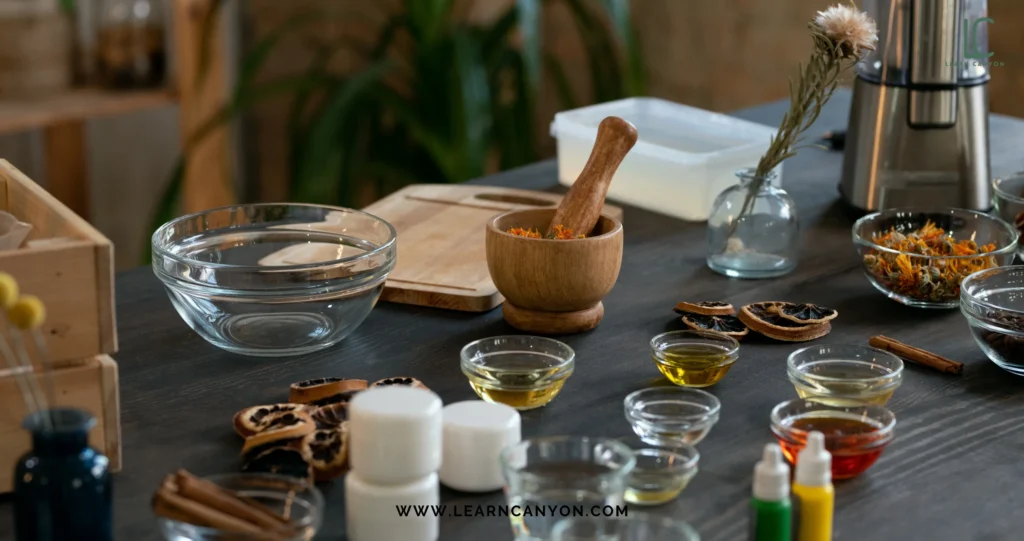
Lastly, collaborate with like-minded organizations or cooperatives. You’ll be amazed at the impact you can have, not just through sourcing, but through partnerships, education, and awareness campaigns. Formulating with fair trade ingredients isn’t just an ethical upgrade, it’s a powerful story waiting to be told.
Benefits to Consumers & the Planet
Here’s the part I truly love talking about, because fair trade isn’t just good for the people behind the ingredients… it creates a ripple effect that touches everyone, including the end user and our beautiful planet.
Let’s start with the consumer. People are no longer just buying skincare, they’re investing in their values. When your product contains fair trade ingredients, you’re giving your customers something more than just soft skin or shiny hair. You’re giving them the peace of mind that their purchase supported real people in real communities. That kind of emotional connection can’t be manufactured, and it builds serious trust.
And let’s not forget about product performance. Fair trade ingredients are often harvested using traditional methods that respect the ingredient’s potency and purity. That means better texture, better absorption, and better results. You can actually feel the difference in a rich fair trade shea butter or a silky argan oil. It’s quality rooted in care.
Now, let’s zoom out a bit, what about the planet?
Fair trade isn’t just about people; it’s also deeply tied to sustainability. Most fair trade programs support regenerative farming, soil conservation, and organic agricultural practices. That means fewer chemicals, less soil degradation, and a gentler footprint on the earth.
It also means protecting biodiversity, because when farmers are paid fairly, they don’t have to overexploit the land to make ends meet. They can afford to rotate crops, protect local flora and fauna, and invest in practices that keep the ecosystem thriving for generations to come.
In other words, when you choose fair trade ingredients, you’re creating a formulation that nourishes the skin, uplifts communities, and protects the environment. It’s a win-win-win that goes far beyond the label.
To me, this is the future of organic beauty, not just clean, but conscious. Not just effective, but empathetic. And I truly believe our industry is more powerful when we embrace that holistic approach.
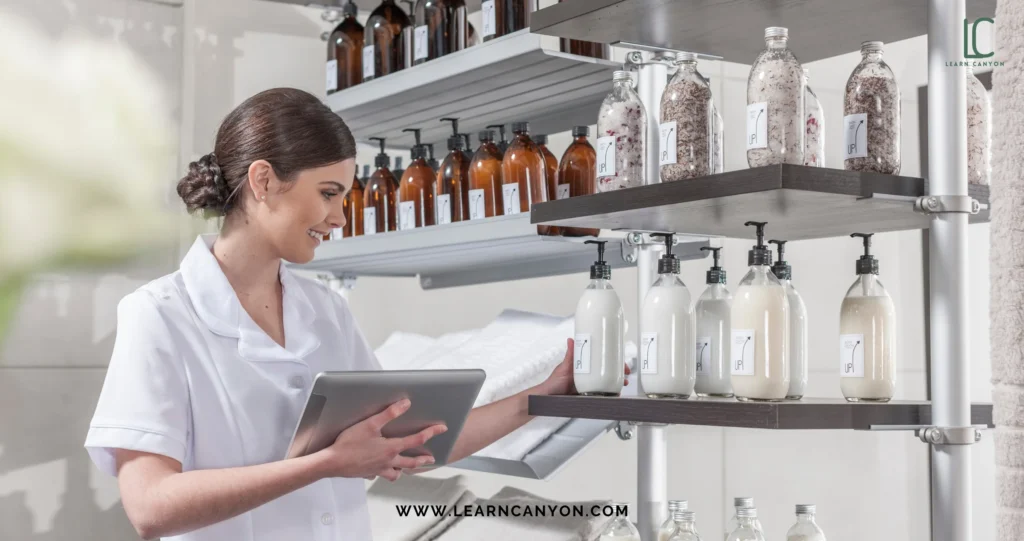
Real-World Examples or Brand Highlights
Now that we’ve talked about the why and the how, let’s look at some real-world beauty brands that are doing an incredible job weaving fair trade values into their DNA. Because let’s face it, sometimes seeing it in action makes it feel that much more possible for our own formulations and businesses.
Lush
This brand has always stood out for its unapologetic transparency. Lush sources fair trade cocoa butter, vanilla, and shea butter, among others. What I love most is how they go beyond the ingredient, they tell the story of the farmers and cooperatives behind each component. It’s education and empowerment wrapped in a bath bomb!
Dr. Bronner’s
An iconic brand that has built its entire supply chain around fair trade and organic agriculture. From their coconut oil to their palm oil, they work directly with smallholder farmers and reinvest in local community development. It’s a perfect example of how a global brand can still operate with small-scale integrity.
Alaffia
A personal favorite of mine, and one I often refer to in my courses, Alaffia sources fair trade shea butter and supports women-led cooperatives in Togo, West Africa. They’ve taken it even further by investing in maternal care, reforestation projects, and school supplies for children. Talk about true impact!
Your Brand, Too
Yes, I’m talking to you. Whether you’re just starting out or running a growing indie brand, you have the power to create this kind of ripple effect too. Even choosing one fair trade ingredient can be the start of a bigger story, one that your customers will love and respect.
And if you’re one of my students or clients, you already know this is something I encourage during formulation planning. Because a beautiful product should not only be functional, it should be rooted in values. When you’re building a brand with ethics at the core, fair trade isn’t just a feature… it’s a statement.
At the end of the day, beauty should be more than just what we see in the mirror, it should reflect the values we hold close. As a formulator, educator, and someone deeply committed to conscious creation, I truly believe that fair trade is one of the most beautiful choices we can make in our ingredient journey.
It’s a reminder that every raw material we use comes from somewhere, and from someone. Choosing fair trade means we’re saying yes to ethical sourcing, yes to sustainability, and yes to honoring the hands and hearts behind our products.
Whether you’re a fellow formulator, a beauty brand owner, or someone who simply loves clean skincare, I encourage you to start looking at your ingredients through a more compassionate lens. Ask questions. Seek transparency. Celebrate the makers behind the materials. And when you find a fair trade version of your favorite butter, oil, or extract, embrace it. You’re not just making a better product… you’re making a difference.
Let’s create beauty that’s beautiful in every way, on the skin, in the story, and out in the world.


